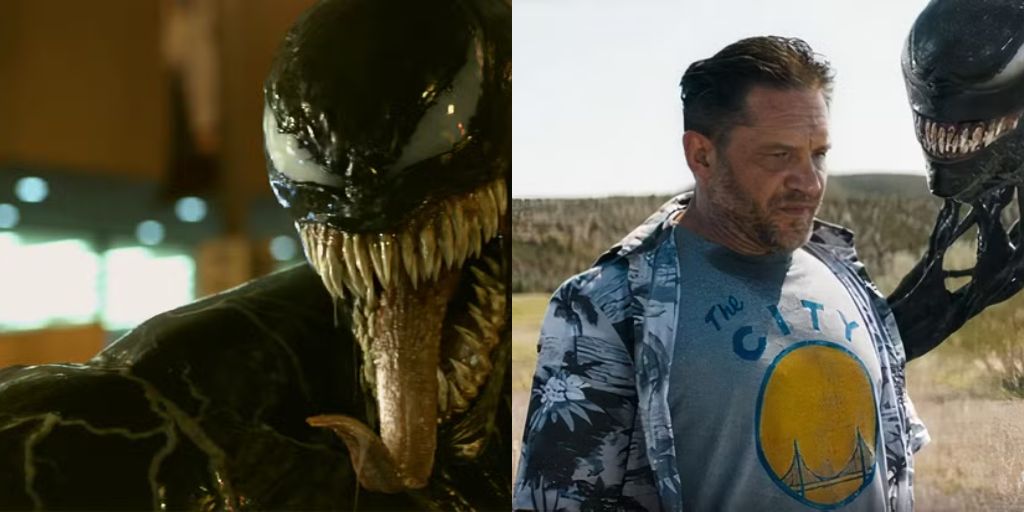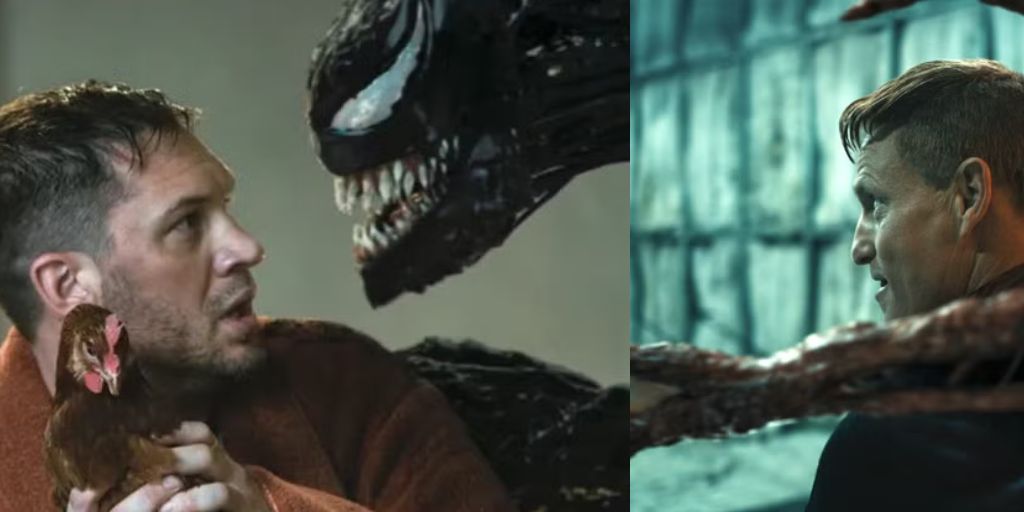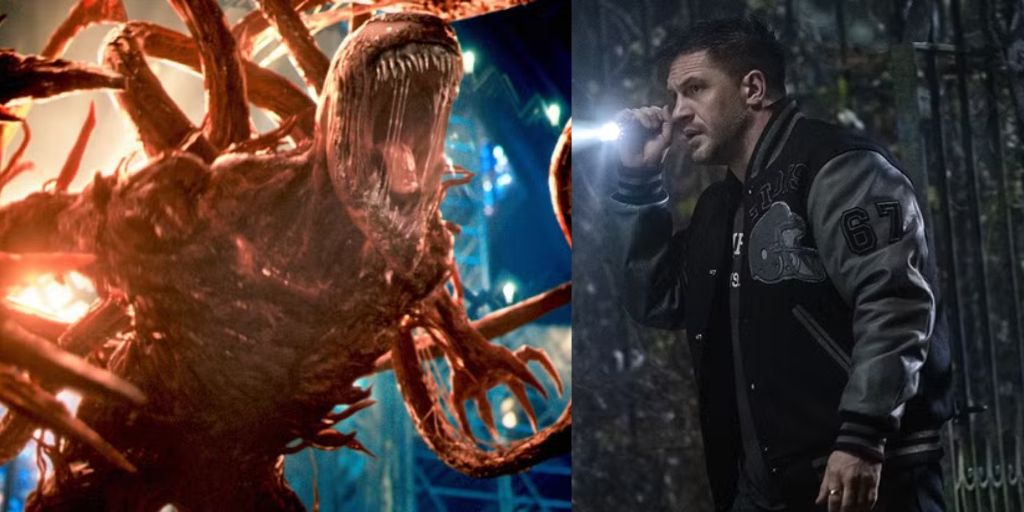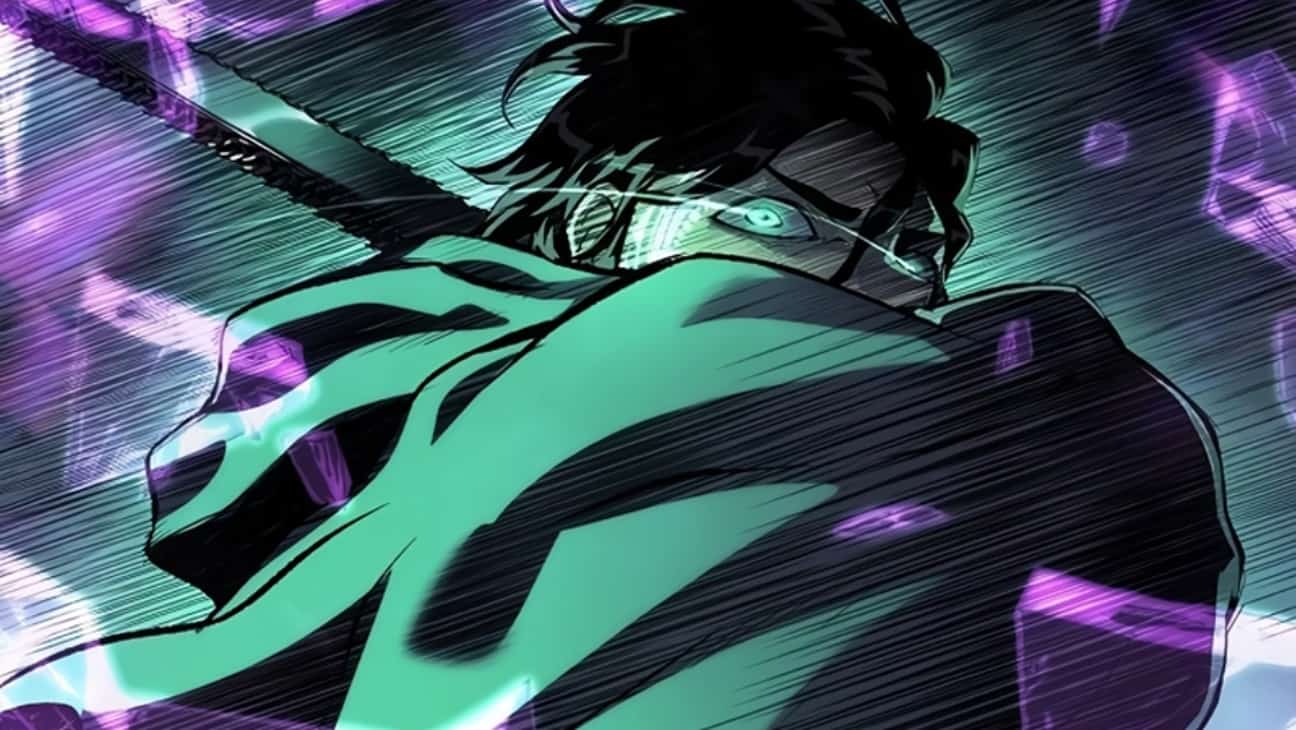Sony’s Spider-Man universe is filled with twists, turns, and various versions of classic characters. Over the past decade, it’s expanded and adapted to keep pace with the superhero genre, but the results are unique and sometimes perplexing.
Many fans were confused by 2017, and it’s safe to say that staying up-to-date with the latest developments can still be a challenge. Peter Parker, Spider-Man’s true identity, is indeed part of the Marvel Cinematic Universe (MCU), where he teams up with famous heroes like Iron Man and Captain America.
However, Sony holds the rights to many Spider-Man characters who exist in their own “Sony-Verse.” This alternate universe references Spider-Man and includes familiar villains and characters from his story, but Spider-Man himself rarely appears.
Since 2018, this Sony-Verse has taken on a life of its own, with varying success. The Sony-Verse includes three Venom movies, one Morbius movie, a Madame Web movie in the works, and a Kraven the Hunter movie on the horizon.
Although these characters are directly linked to Spider-Man in the original comics, they have a different purpose in the movies, often existing independently or with limited connection to him. This setup is unusual and has led to mixed reactions from fans and critics alike.
Yet, Sony continues to develop this universe, with Venom leading the charge. Some fans have likened Venom’s role in the Sony-Verse to the Iron Man trilogy’s place in the MCU—though not at the same quality level, Venom has become a staple of Sony’s superhero lineup.
The Venom trilogy is a story of highs and lows, with each film offering its own unique take on Eddie Brock’s world. The trilogy’s journey is reminiscent of the Blade trilogy, where the first film is solid, the second is more experimental, and the third one falls apart. Here, we’ll take a closer look at each Venom movie in reverse order, from the lowest-rated to the best, highlighting what each one brings to the Sony-Verse.
3. Venom: The Last Dance (2024)
Director: Kelly Marcel
Cast: Tom Hardy (Eddie Brock / Venom)
Venom: The Last Dance is the latest entry in the trilogy, and unfortunately, it struggles in nearly every area. Fans were hoping it would end the series on a high note, but it ended up disappointing many. This movie has been compared to the chaotic Blade: Trinity for how it disrupts the dynamic that once made Venom movies work.
Critics had mixed reactions, with some trying to give it credit where possible, but it is generally agreed that The Last Dance is weak, even among diehard fans.
The biggest issue with The Last Dance is its lack of focus. The main villain barely appears and instead sends out waves of generic, nearly unstoppable minions to fight Venom. These lackluster enemies are the only real threats in the movie, making for dull and repetitive action scenes.
The film also introduces too many side characters, distracting viewers from the core relationship between Eddie Brock and Venom, which has been central to the series. This choice mirrors Blade: Trinity, where excessive new characters detract from the main storyline.

Tom Hardy, known for his passionate performances, seems tired and disengaged in this movie. His portrayal lacks the energy and enthusiasm that made Eddie Brock such a compelling character in the earlier films. Meanwhile, Michelle Williams, who played Anne Weying in previous Venom movies, is completely absent here.
Without her, Eddie’s character feels less grounded, and the movie loses a connection that many fans valued. Additionally, the script doesn’t show Eddie’s life as a journalist, which was an interesting part of his character in the first two films.
The film’s humor doesn’t hit the mark, and the action scenes are often dark and hard to follow. Even when the action is clear, it lacks excitement and fails to engage viewers. Ironically, the movie is called The Last Dance, but it seems focused on setting up more Sony-Verse movies in the future, even though many fans feel this series has run its course. It attempts to end on a sentimental note, but this effort falls flat and feels out of place.
One of the most criticized elements of The Last Dance is its use of music. It features poorly chosen needle drops, using famous songs by David Bowie, Queen, and ABBA in ways that detract from the scenes.
These choices feel forced, and many fans feel these songs deserved better treatment. The Last Dance leaves a sour taste, and even dedicated fans of the series find it hard to recommend. Despite some initial optimism, this movie is often regarded as the weakest in the trilogy.
2. Venom (2018)
Director: Ruben Fleischer
Cast: Tom Hardy (Eddie Brock / Venom), Michelle Williams (Anne Weying), Riz Ahmed (Carlton Drake)
The first Venom movie, released in 2018, marks the beginning of Sony’s modern Spider-Man universe. While it doesn’t rank among the best superhero movies, it does manage to introduce Eddie Brock and Venom effectively. This origin story provides enough background for viewers to understand Eddie before he encounters the alien symbiote, Venom. The movie shows Eddie’s struggles and the chaos that ensues once Venom enters his life.
The structure of Venom is typical for superhero origin stories, with Eddie coming to terms with his new abilities and facing off against a villain, Carlton Drake, who poses a physical and ideological threat.
However, the pacing of Venom is often criticized. It takes more than a third of the movie for Eddie to bond with the symbiote, and Venom doesn’t make a full appearance until almost an hour in. This slow buildup can make the first part of the movie feel drawn-out.
Another challenge Venom faces is its editing and special effects. The action scenes are often underwhelming, and some of the effects look a bit rough. Despite these flaws, Tom Hardy’s performance as Eddie/Venom stands out. He brings a unique energy to the role, making Eddie’s chaotic interactions with Venom entertaining and sometimes even hilarious. Hardy’s commitment to the character elevates the movie, and his performance remains a highlight for many fans.
While the movie isn’t polished, Hardy’s enthusiasm shines through, giving the film a quirky charm. Michelle Williams and Riz Ahmed also contribute solid performances, despite their roles being limited by the movie’s structure and script. By the end, Venom establishes the character and sets up a potential conflict with the arrival of Woody Harrelson’s character, who promises “carnage”—a clear nod to the next film.
1. Venom: Let There Be Carnage (2021)
Director: Andy Serkis
Cast: Tom Hardy (Eddie Brock / Venom), Woody Harrelson (Cletus Kasady / Carnage)
Venom: Let There Be Carnage is the second film in the trilogy and stands out as the most entertaining of the three. While it’s not a masterpiece, it brings more to the table than its predecessor, thanks in large part to its new villain, Carnage.
Woody Harrelson plays Cletus Kasady, a serial killer who gains symbiotic powers similar to Eddie’s, making him one of Venom’s most dangerous foes. Harrelson’s performance is over-the-top and eccentric, fitting the tone of the movie and making Carnage a memorable antagonist.
Director Andy Serkis brings a fresh energy to the series, adding a visual style that sets Let There Be Carnage apart from the first movie. Cinematographer Robert Richardson, known for his work with directors like Quentin Tarantino and Martin Scorsese, gives the film a more polished look.
The action scenes are sharper, the effects are improved, and the pacing is brisk. At less than 90 minutes (excluding credits), the film moves quickly, keeping the audience engaged.

The humor in Let There Be Carnage works better than in the other Venom movies. It emphasizes the odd relationship between Eddie and Venom, highlighting the tension and bizarre friendship between them. In this film, their dynamic takes on an almost romantic quality, adding an unusual but funny element to the story. Hardy’s performance remains strong, and he fully embraces the character’s quirks, adding to the movie’s charm.
Although the movie isn’t without flaws, it is a fun ride for those looking for something light and chaotic. The final act is loud and action-packed, though it doesn’t allow every character enough screen time.
Let There Be Carnage may not be a groundbreaking sequel, but it succeeds as an enjoyable follow-up, offering a wild ride that fans of the first movie can appreciate. This film is often seen as the best in the trilogy, showing that Venom can deliver an entertaining experience despite its rough edges.
Sony’s Spider-Man universe, led by the Venom trilogy, is an unusual addition to the superhero genre. Unlike the MCU, which integrates characters and stories seamlessly, the Sony-Verse often feels disconnected and less cohesive.
This approach has made it both intriguing and frustrating for fans who love Spider-Man and his iconic villains. While Venom has become the center of Sony’s efforts, the absence of Spider-Man himself has left a noticeable gap.
As Sony continues to show characters like Morbius, Madame Web, and Kraven the Hunter, it’s clear they are committed to expanding this universe. Each new film adds a layer to the Sony-Verse, even if the connections between these movies are limited. This strategy has led to mixed reactions, with some fans enjoying the darker, more character-driven stories and others hoping for a tighter connection to the MCU.

Ultimately, the Sony-Verse exists in its own unique space, giving characters like Venom a chance to shine in a way they might not in the MCU. The trilogy offers a range of experiences, from the initial charm of Venom to the chaotic fun of Let There Be Carnage, and finally, to the less successful The Last Dance.
While the future of this universe is uncertain, Sony’s Spider-Verse has made its mark on the superhero genre, offering an unconventional take on familiar characters. Whether it grows into something more cohesive or remains an experimental corner of the superhero world, the Sony-Verse continues to be an unexpected journey.




